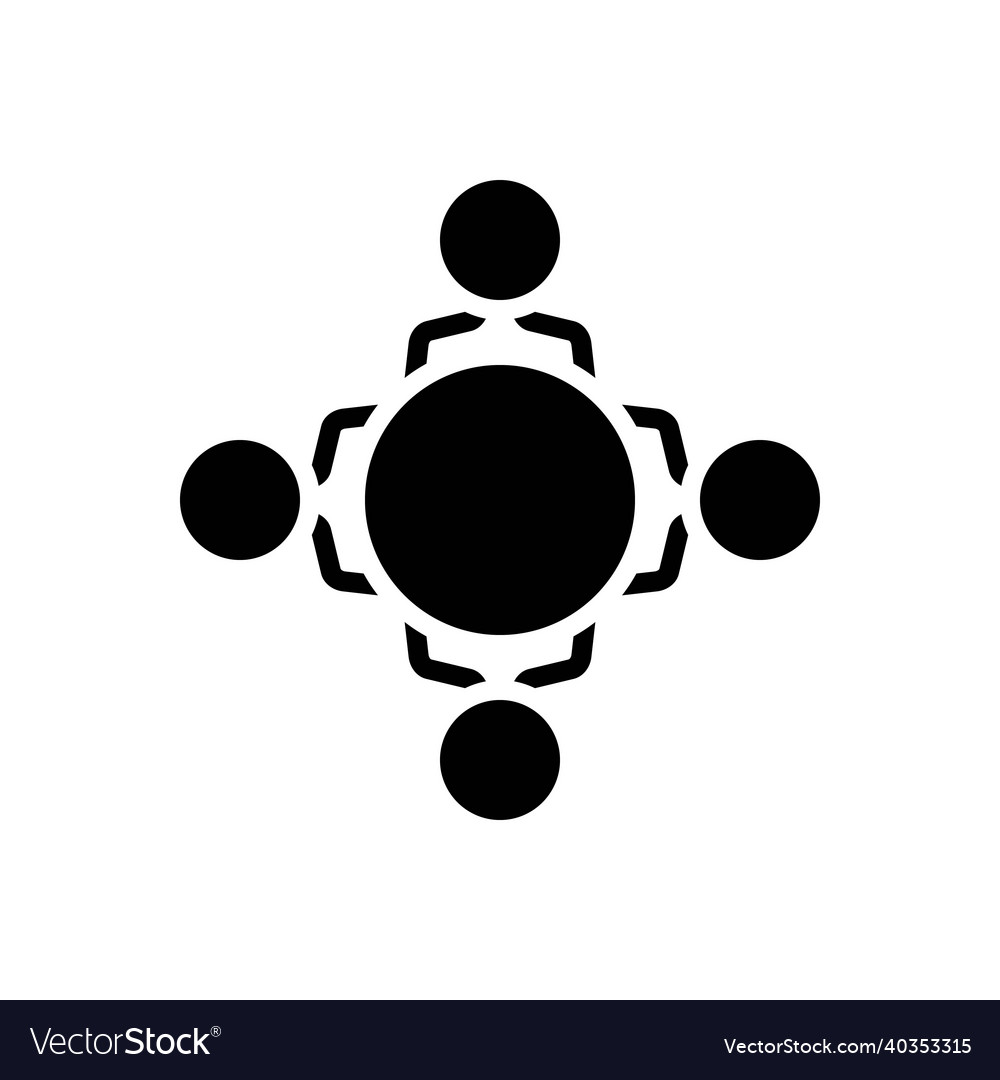The concept of cultural vectors is as multifaceted as the societies they represent. At its core, a cultural vector can be viewed as a medium through which ideas, values, and traditions are transmitted, influencing perceptions and interactions within a community. This notion transcends mere artistic expression; it serves as a powerful instrument for socio-political discourse and identity formation, affecting everything from local customs to global frameworks.
Historically, cultural vectors have taken numerous forms. In ancient civilizations, oral traditions were vital in disseminating knowledge and preserving histories. As societies evolved, so too did the vehicles of cultural transmission. Textual artifacts—ranging from sacred scriptures to literary masterpieces—grew in prominence, illustrating how the written word can encapsulate collective experiences. However, contemporary cultural vectors have expanded beyond texts to include digital platforms, multimedia, and visual arts, each adding layers of complexity to the ways in which culture is shared and perceived.
Visual culture, in particular, has emerged as an intriguing realm of study. Iconography, symbolism, and aesthetics shape not just artistic endeavors but societal values and worldviews. Take, for instance, an image like a cultural vector in the form of a digital design or a cleverly rendered illustration. At first glance, it might appear to be a simple graphic, yet it can evoke deep-seated emotions or provoke thought about sociopolitical issues. This duality between the surface and the underlying message is what makes cultural vectors an essential subject for exploration.
Consider the role of visual arts in representing marginalized communities. Art can serve as a reflection of lived experiences, highlighting struggles for equity or instances of social injustice. Cultural vectors thus become avenues for advocacy, urging viewers to confront uncomfortable truths while simultaneously celebrating resilience and community spirit. When displayed in public domains—museums, murals, or digital galleries—they challenge conventional narratives, prompting engagement and dialogue. This transformation of perception exemplifies the potency of cultural vectors in eliciting curiosity about diverse perspectives.
Moreover, as globalization accelerates, the intermingling of cultural vectors has become a noteworthy phenomenon. Cultural appropriation and exchange raise critical questions about authenticity and representation. This interplay of cultures offers opportunities for enrichment and innovation, but it also necessitates careful examination of power dynamics and historical context. For instance, a traditional motif reimagined in a modern design could simultaneously honor its origins and dilute its significance if not executed with sensitivity and awareness. This fine line underscores the importance of ethical considerations when utilizing cultural vectors.
Incorporating a cultural vector within artistic or communicative projects prompts further inquiries into how identity is constructed and conveyed. Art is a reflective mirror, showcasing not just individual experiences but the collective consciousness of a society. As we engage with these cultural narratives, we are called to reconsider the tropes and stereotypes that may have long influenced our understanding. Each vector invites us to deconstruct familiar tropes and reimagine narratives that encompass broader, more inclusive perspectives.
Curiously, the alignment between cultural vectors and the environment also warrants discussion. In a world increasingly aware of the climate crisis, cultural representations can influence public sentiment and inspire collective action. Artists, designers, and communicators wield the capacity to use cultural vectors to confront critical issues, crafting imagery that invokes the urgency of environmental stewardship or celebrates the beauty of nature. It is a form of activism that, while aesthetically pleasing, carries profound implications, urging audiences to rethink their relationship with the planet.
For example, the visual lexicon used in environmental campaigns often employs vibrant imagery and metaphors to resonate emotionally with wide-ranging audiences. A well-constructed cultural vector can encapsulate both beauty and urgency—the serene depiction of a landscape might remind viewers of what is at stake. As such, it mobilizes people, urging them to act in the interest of preserving these irreplaceable ecosystems. The confluence of art, culture, and environmentalism has the potential to transform cultural vectors into potent symbols of advocacy.
In a more global context, the rise of cultural vectors in the digital age has fostered unprecedented connections among disparate communities. Social media platforms serve as a breeding ground for the dissemination of ideas, allowing cultural vectors to traverse borders and reach diverse populations. Viral campaigns that leverage visual storytelling, memes, or digital art play a crucial role in shaping cultural understanding and empathy. They challenge us to engage with global viewpoints, piquing curiosity about experiences that might remain unacknowledged otherwise.
As we delve deeper into the complexity of cultural vectors, it is essential to recognize that they are both products of culture and producers of culture. They inform and shape worldviews while simultaneously serving as instruments of change and innovation. Whether exploring the nuances of cultural appropriation, analyzing the intersection of art and activism, or harnessing the power of digital platforms, cultural vectors illuminate the ongoing dialogue between tradition and modernity.
In conclusion, cultural vectors serve as potent conduits for connection, understanding, and transformation. As vehicles of expression, they possess the remarkable ability to shift perspectives and ignite curiosity about the human experience. In our increasingly interconnected world, engaging with cultural vectors is paramount. They offer an invitation: to explore, question, and embrace the layers of meaning woven into the tapestry of culture. A shift in perspective is not merely optional; it is essential for fostering a more inclusive and empathetic society.
